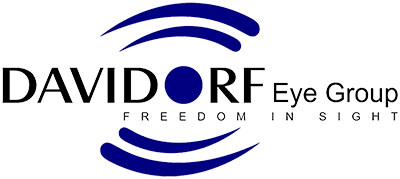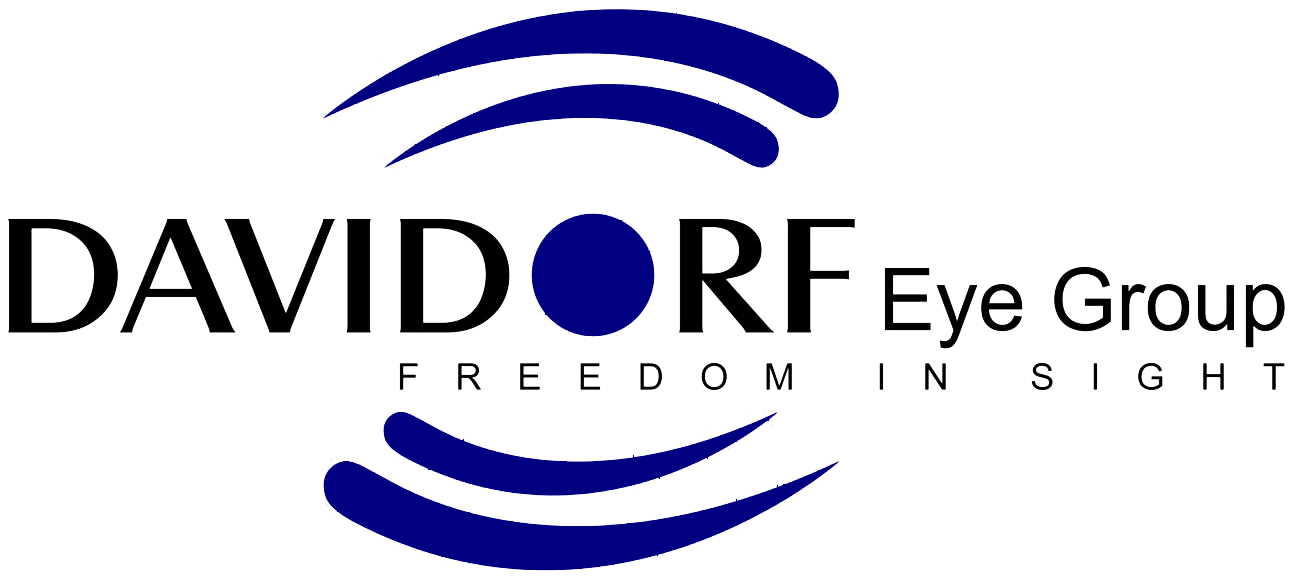After the age of forty, everyone begins to lose the ability to accommodate or focus the lens of the eye. As we mature, the natural crystalline lenses in our eyes become firm, enlarged and lose their flexibility. This is not a disease or illness, rather a natural occurring event called presbyopia. An indication of presbyopia is when you cannot read without holding the item far away from you. For many, distance vision remains relatively unaffected.
When presbyopia occurs, most people do well with reading glasses, bifocals or progressive lenses. These eye glasses have plus-powered lenses that would normally be worn by someone who has hyperopia (farsightedness); however, the plus-powered lenses can help someone who is presbyopic because these lenses bring the point of clear focus to a comfortable reading distance.
While there is currently no outright”cure” for presbyopia, monovision LASIK is a viable option for people struggling with reading glasses. For many, monovision LASIK will reduce or eliminate the need for readers, bifocals or progressive lenses.
“Many people never require glasses or contact lenses until they reach 40 – 45 years of age and become presbyopic,” observes Dr. Jonathan Davidorf.”As they reach 45 or 50 years of age, they find it frustrating to continuously have to take their glasses on and off over the course of the day, even to see something like a cell phone. Monovision LASIK is an excellent option for these patients, a way to really turn back the clock.”
The concept of monovision LASIK is simple. One eye is corrected for near vision and the other eye is corrected for distance vision. The brain figures out which eye to use and when. The determination of how to achieve monovision is based on the individual’s current vision.
If a person has never needed corrective lenses, a small amount of myopia can be induced in that person’s non-dominant eye. The dominant eye remains uncorrected as it already provides distance vision. One can determine the dominant eye by raising a thumb, holding it out in front of both eyes, and blocking an object with the thumb while both eyes remain open. Once the object is blocked, close one eye at a time, and the eye that cannot see the object is the dominant eye.
If a person already has less than two diopters of myopia, that person’s dominant eye can be fully corrected for distance vision and the non-dominant eye not changed since it already provides good near vision.
People with greater amounts of myopia may have the dominant eye corrected for good distance vision and the non-dominant eye under corrected to less than two diopters for good near vision. Someone already hyperopic may have the non-dominant eye over corrected into myopia and the dominant eye either corrected for distance or untouched.
Before proceeding with LASIK for monovision, some patients, depending on their eyes, can try contact lenses to achieve the effect of monovision. This simulates the results of LASIK.
“Monovision LASIK is not for everyone,” Dr. Davidorf states.”However, it’s common for patients to adapt very quickly and be extremely pleased with their visual outcomes, in addition to no longer struggling with the constant need for reading glasses.”



